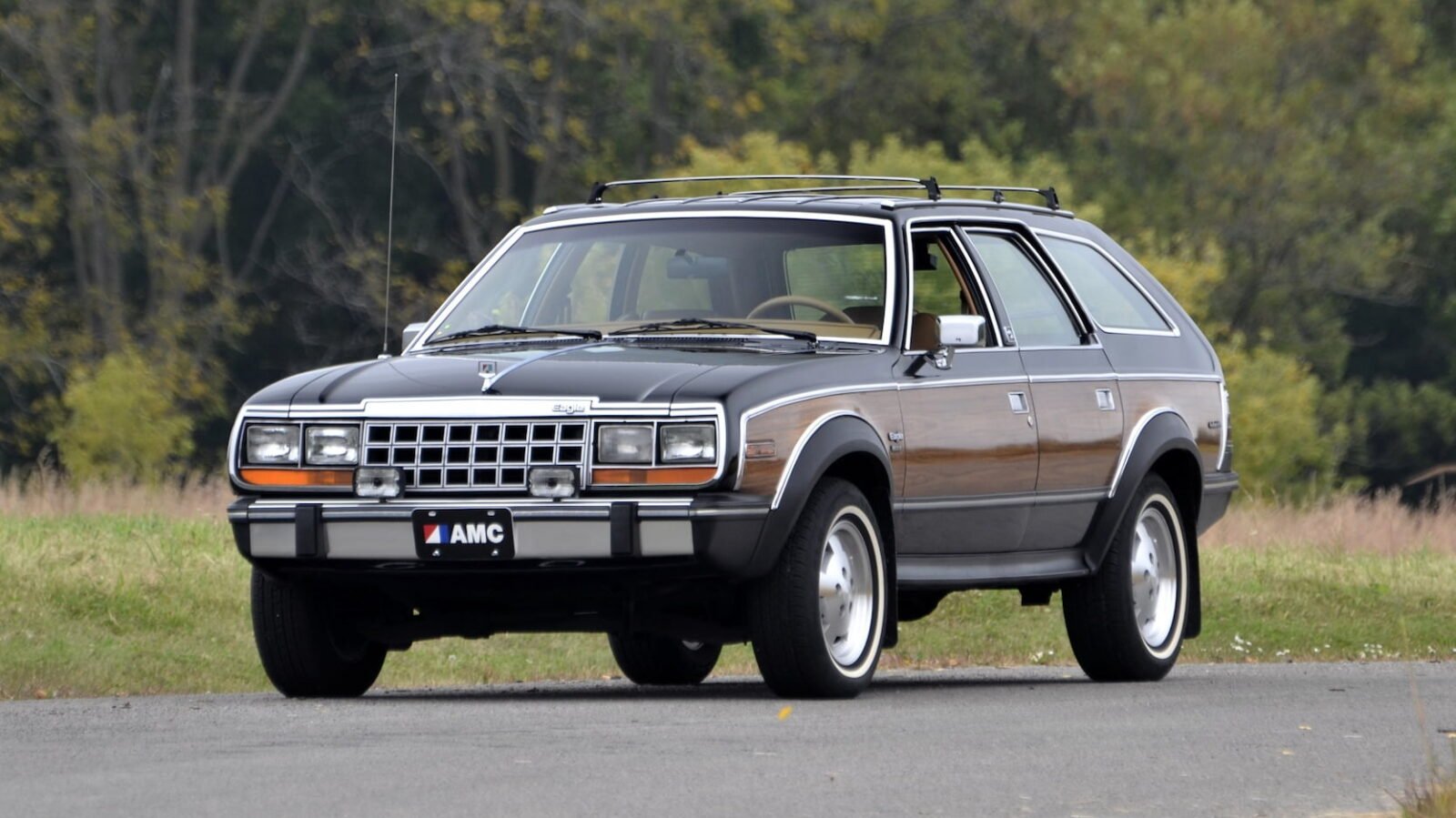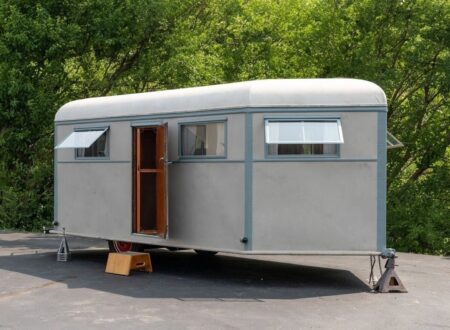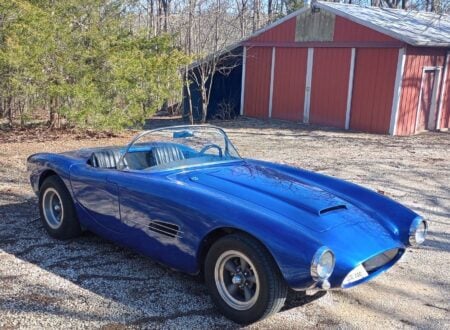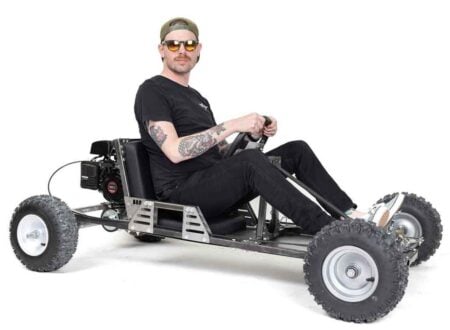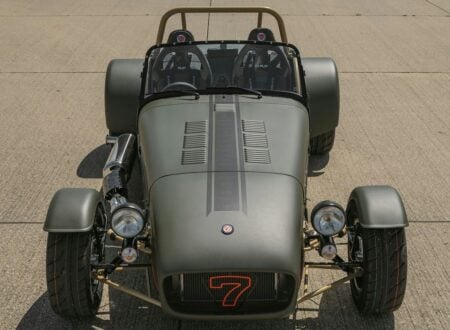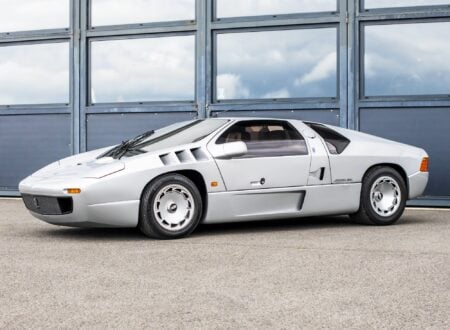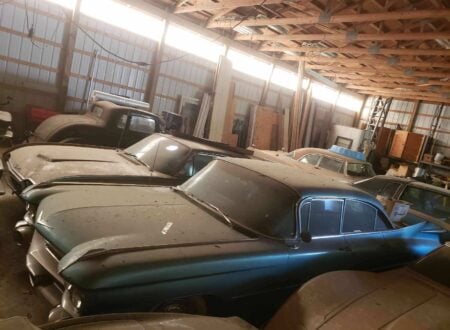The AMC Eagle was released in 1979 as a Hail Mary for American Motors Corporation, the struggling American automaker that was on the brink of financial ruin.
At the time AMC were the parent company of Jeep, they also had a line of ageing consumer cars that had been suffering falling sales due to increased competition. Despite the odds being stacked against them the team at AMC took the best parts of the Jeep and incorporated them into their road-car fleet – creating the first American crossover vehicle in the process.
Astonishingly the AMC Eagle proved to be an instant best-seller, they sold 46,379 of them in the first year which increased AMC’s total vehicle output by almost 20%. The Hail Mary turned into a cash cow and AMC quickly developed a number of similar models using the same basic formula – a 4×4 drivetrain and lifted suspension fitted to an AMC road car.
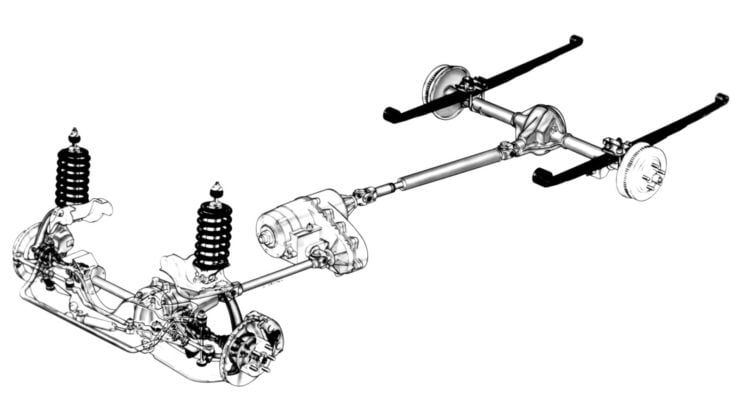
Above Image: The suspension, braking, and drivetrain of the Eagle.
AMC first offered the Eagle for sale as a 1980 model, it was closely based on the AMC Concord and it was offered in three major configurations – a four-door sedan, a four-door station wagon, and as a two-door coupe. All versions of the 1980 Eagle were fitted with a 258 cu. in. (4.2 litre) straight-6 engine mated to a 3-speed automatic transmission that sent power to a Dana 30 differential up front and a Dana 35 differential in the rear.
Standard equipment on the Eagle was relatively normal for the era, each new Eagle came with power steering, power front disk and rear drum brakes. Options included air conditioning, a rear window defroster, halogen headlamps, an AM/FM stereo, and an adjustable steering wheel.
The biggest selling point for the Eagle was of course the four-wheel drive system – an almost unheard of feature on regular passenger cars at the time. The drivetrain comprised of a live axle rear end on leaf springs, the front end had independent suspension and an offset differential that sent power to the front wheels.
https://youtu.be/crJEjcAP1GE
The central differential was designed to function almost like a limited slip differential, keeping power flow to the front and rear differentials close to equal in all conditions. Suspension height was increased 3 inches compared to the Concord, and plastic wheel arch flares were incorporated into the car to avoid having a large gap.
The runaway sales success of the AMC Eagle would directly lead to the end of Pacer production in late 1979, the slower selling Pacer was discontinued to make room for additional Eagle production in attempt to satiate the unexpectedly high demand.
AMC would keep the Eagle in production from 1979 until 1987, it was discontinued after this by the Chrysler Corporation which had bought AMC in 1987. Although its now forgotten by many the Eagle was a critically important car and it essentially birthed the modern day crossover genre, today occupied by vehicles like the Audi Allroad, the Volkswagen Passat Alltrack, the Volvo XC range, and of course the Subaru Outback and Forester.
The car you see here is a 1986 AMC Eagle, it appears to be in remarkable condition throughout, even the faux-wood panelling down the sides is in good shape. If you’d like to see more or register to bid you can click here to visit* the listing on Mecum, it’s due to roll across the auction block in late October.
* Editor’s Note: Shortly after we published this article the owner of the Eagle had a change of heart and pulled the car from the auction – reportedly because he likes to take his grandkids for ice cream in it (which is an excellent reason for keeping it IMHO).
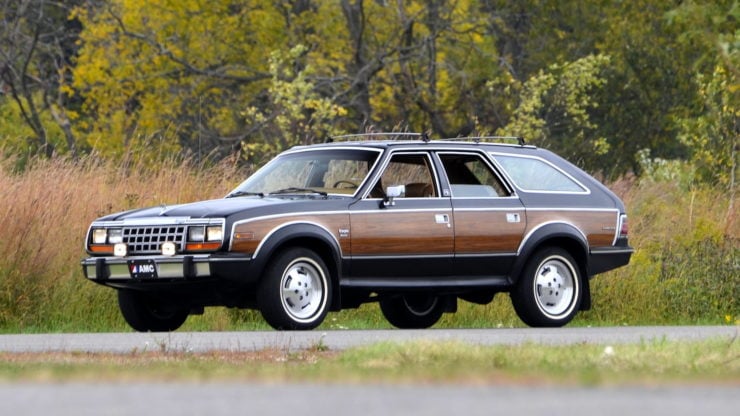
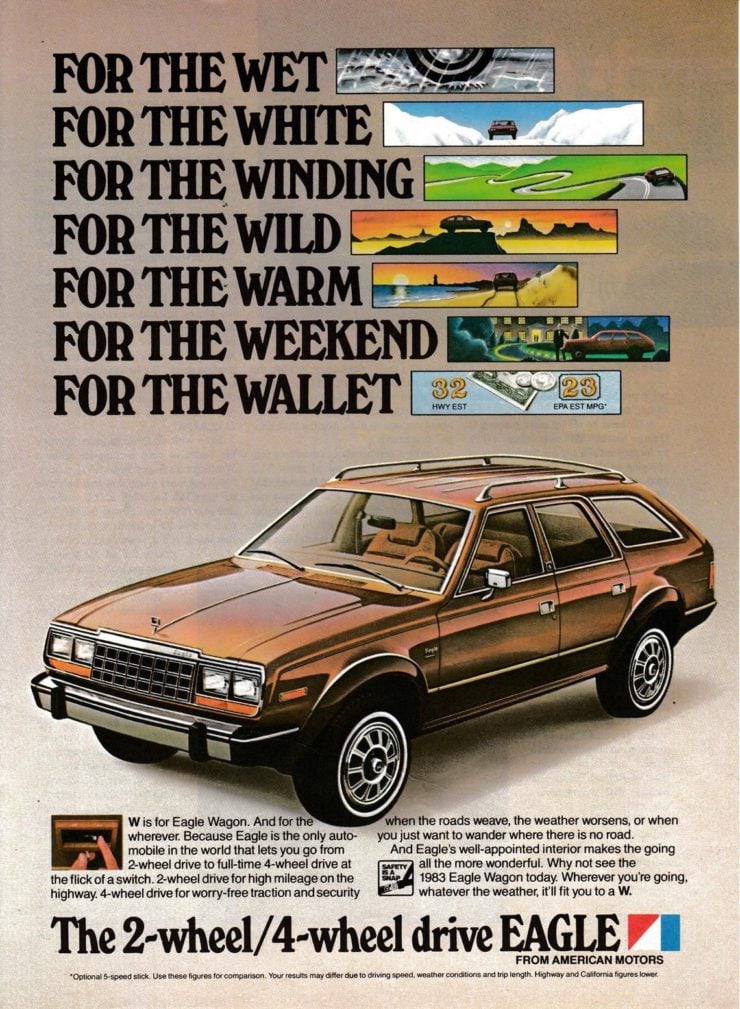
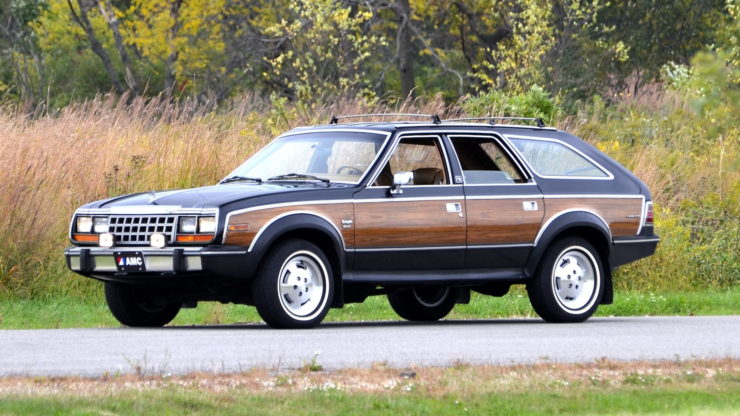
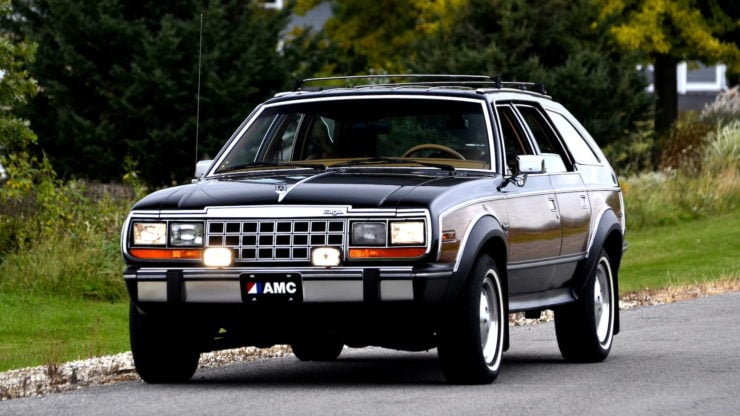
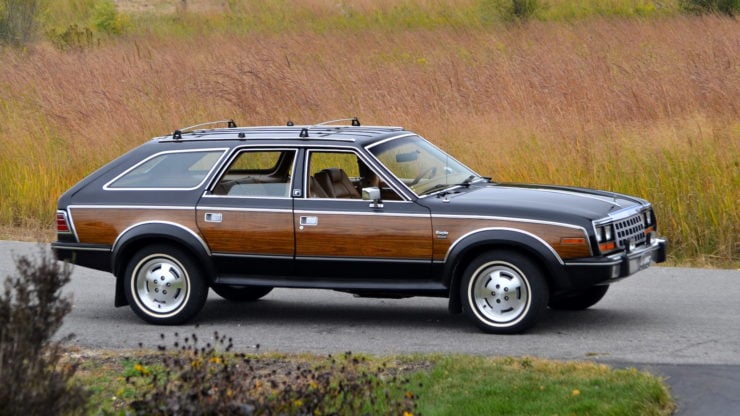
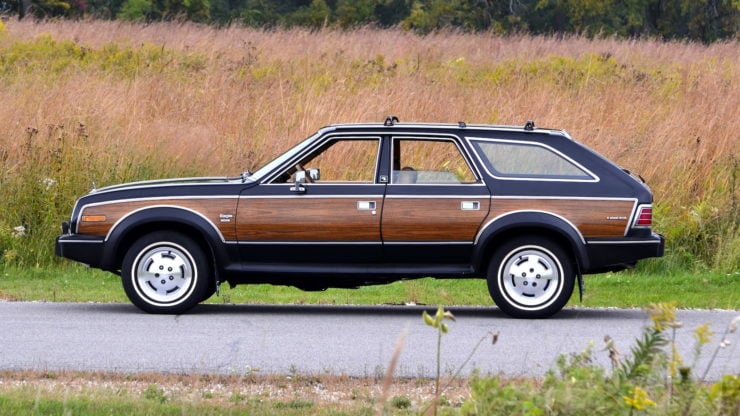
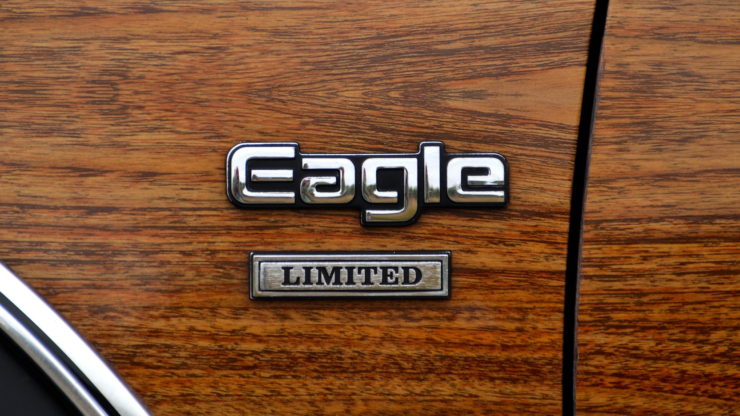
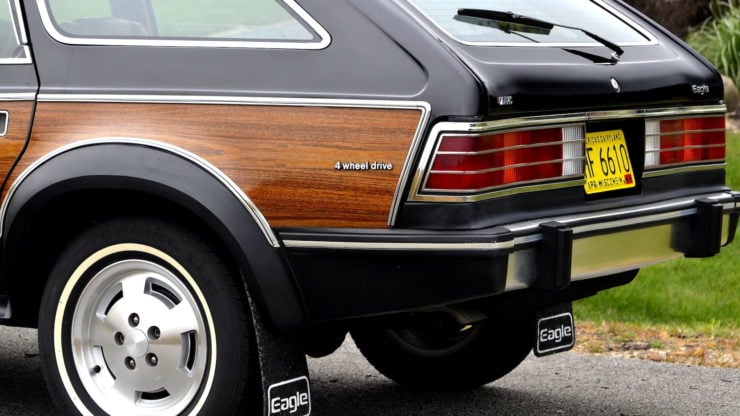
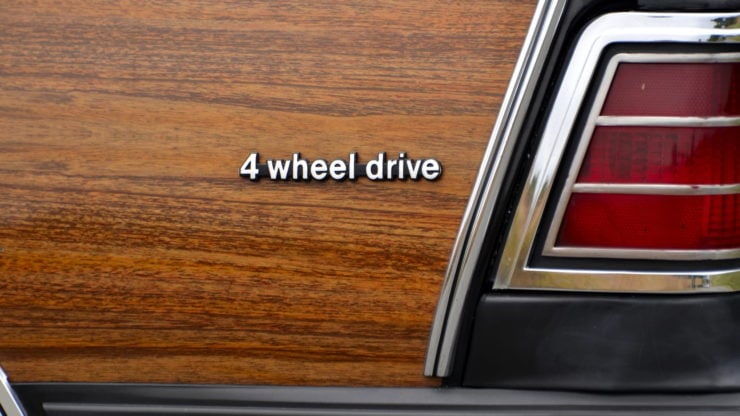
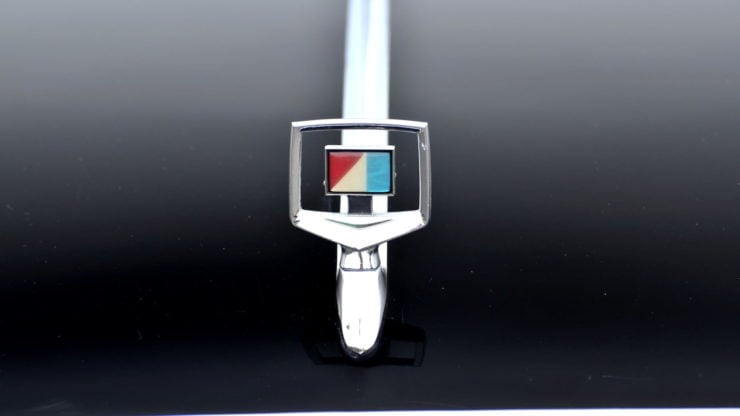
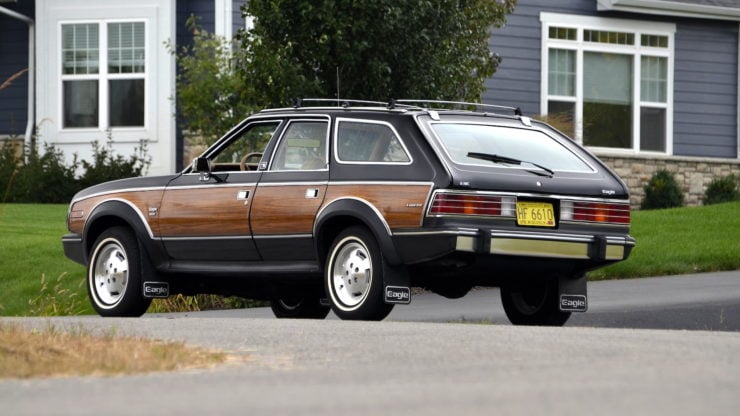
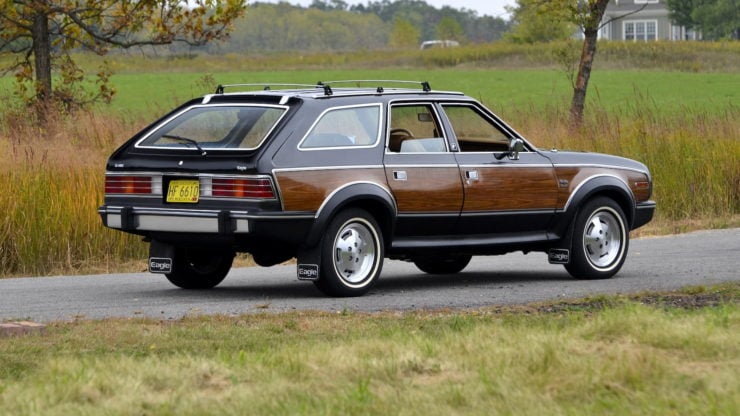
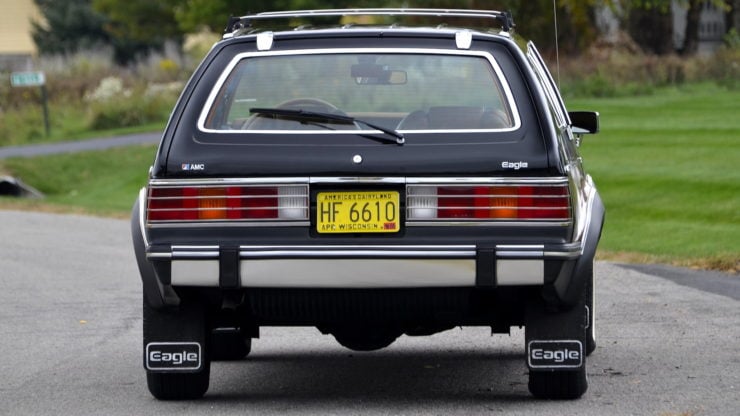
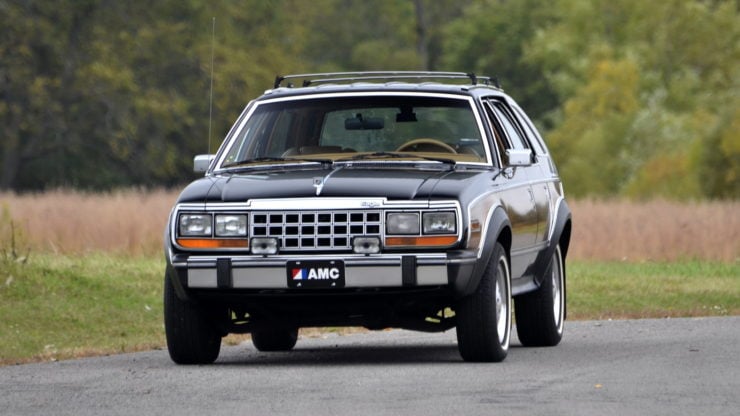
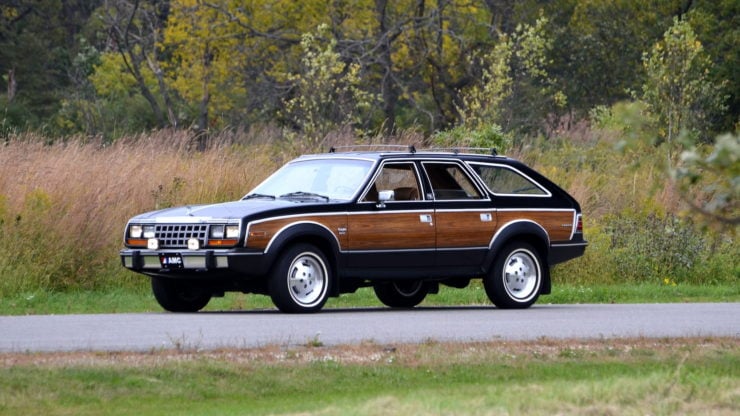
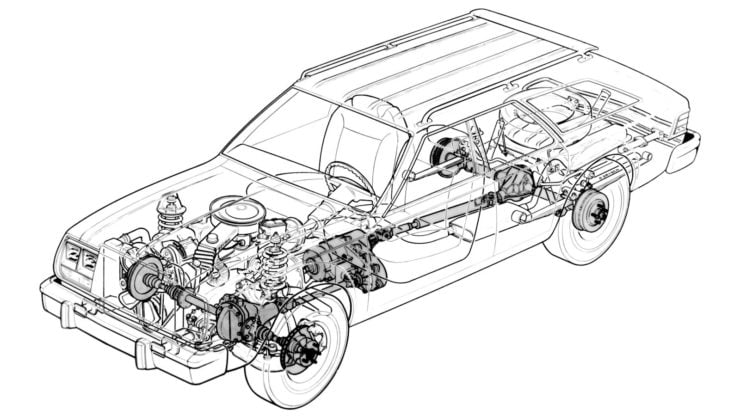
Above Image: A cutaway look at the AMC Eagle’s drivetrain.
Images courtesy of Mecum

